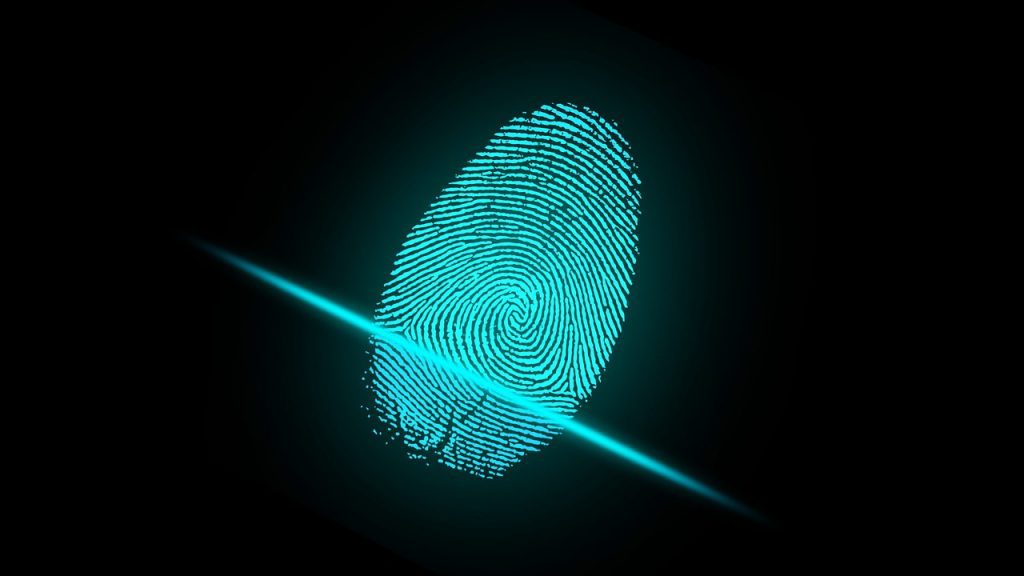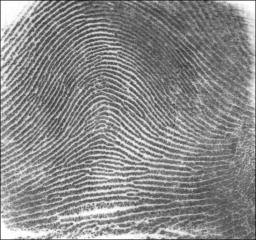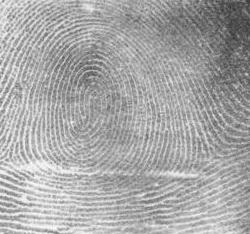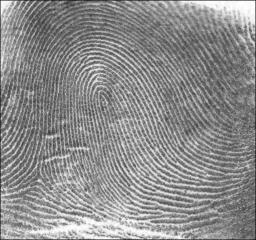Biometric technology is a method of verifying humans based on physical or behavioral biometric data. Fingerprint recognition is one of the most popular biometric modalities across the world. It is a widely accepted biometric method that is used in various industries including law enforcement agencies, schools, hospitals, banks, private organizations etc. It has a long history since 1893.

Everyone’s fingerprint is unique, even for identical twins. But, there are different types of fingerprints. More specifically; there are three types of fingerprints. Many people have asked about the types of fingerprints and what they mean. Here we will try to discuss about these different types of fingerprints.
3 major types of fingerprints include:
- Arch: Only a few, that is close to 5% have this type of fingerprint. An arch doesn’t have any delta, lines, or cores.
- Whorl: 25-35% of fingerprint patterns are whorls. Whorls have at least two deltas and a core. Any fingerprint pattern that contains equal or more than 2 deltas will be a whorl pattern.
- Loop: 60-70% of fingerprints patterns are loops. These are the most common fingerprint pattern. Loops pattern must have one delta and one core.
Within these three categories of fingerprints, there are more sub categories of these patterns of fingerprints. These are including:
- Arch: Arch is divided into two categories, Plain Arch and Tented Arch.
- Plain Arch: The plain arch is defined by a slightly raised ridge pattern that flows across the finger from one side of the finger to the other. It is the least common type of fingerprint that is below 5% of all fingerprints.
- Tented Arch: As like the plain arch, tented arch is also defined by the ridges flowing across the finger from one side to the other. Unlike plain arches, the ridges rise sharply in the middle that makes a tent like formation.

- Whorl: Whorl is also divided into two parts, Plain Whorl and Central Pocket Whorl.
- Plain Whorl: A plain whorl fingerprint appears when it creates an unbroken circular pattern reminiscent of a spiral or swirl. Moreover, one or more ridges form a complete revolution around the center.
- Central Pocket Whorl: Central pocket whorl is created when one or more of the central ridges repeatedly curve to form a smaller inner whorl.

- Loop: Loop is divided into three parts; Ulnar Loop, Radial Loop, and Central Pocket Loop.
- Ulnar Loop: Ulnar loop are created when fingerprint ridges turn backward but do not twist completely around. Mostly, an ulnar loop moves toward the little finger. These are categorized by the way they turn when looking at the fingerprint on the hand, not a fingerprinting card.
- Radial Loop: As like ulnar loop, radial loops are also created by its existence on the hand. But, a radial loop turns toward the thumb.
- Central Pocket Loop: Central pocket loop is defined as a composite fingerprint. In this pattern, ridges form a loop pattern that re-curves and surrounds a central whorl.

- Others: Other major types of fingerprint are:
- Double Loop Whorl: Double loop whorl appears to be two distinct loops that surround each other in opposing directions.
- Accidental: In short, any pattern that does not match with any of the previous fingerprint types.
Accidental type fingerprint patterns possess at least two characteristics of the tented arch, whorl or loop families combined. The plain arch is not included in this pattern because it lacks distinctive characteristics.
So, these are the many different types of fingerprints and some brief discussions about them.
Please feel free to share your opinion in the comment box. Thank you.
Source: https://docs.google.com/


